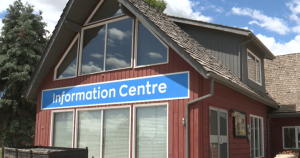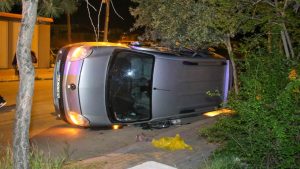Three people who were being held hostage in a nightclub in Ede, Netherlands were released by the police, although the situation was not completely resolved. Heavily armed police and special arrest teams were on scene, and some hostages were seen exiting the building with their hands in the air. There was no indication of a terrorist motive for the incident. Police had earlier cordoned off the area and evacuated nearby homes as they worked to diffuse the situation.
The hostage situation in Ede caused significant disruption in the central town, with police working to secure the area and negotiate with the individuals involved. The exact number of hostages and the details of the incident were not disclosed by authorities, but the presence of armed police and evacuation of nearby homes highlighted the seriousness of the situation. The release of three hostages was a positive development, but police efforts were ongoing to fully resolve the situation and ensure the safety of all those involved.
Gelderland Police’s announcement of the hostage release on social media suggested that progress had been made in resolving the incident, but the remaining uncertainties indicated that the situation was far from over. The presence of heavily armed police and special arrest teams at the scene underscored the seriousness of the situation and the authorities’ commitment to ensuring a safe resolution. The lack of a terrorist motive offered some reassurance, but the overall context still raised concerns about the welfare of those involved.
Video footage of the hostages being released from the nightclub provided a glimpse into the situation and the efforts being made by law enforcement to bring it to a peaceful conclusion. The evacuation of nearby homes and the cordoning off of the area were measures taken to ensure the safety of the public and facilitate police operations. Despite the lack of specific details about the incident, the ongoing communication from police on social media helped keep the community informed about the situation as it unfolded.
The police spokesman’s reluctance to provide further details about the incident hinted at the sensitivity and complexity of the situation, as well as the need to carefully manage information to protect the safety of those involved. The lack of transparency about the number of hostages and the motives behind the incident added to the intrigue surrounding the case and the efforts to resolve it. The coordinated response by law enforcement agencies and the support from the community in Ede were crucial in managing the hostage situation and ensuring a peaceful outcome.
As the situation in Ede continued to unfold, the release of three hostages offered a glimmer of hope that a resolution was within reach. The coordinated efforts of police and special units at the scene, along with the support of the community and the cooperation of those involved, were instrumental in managing the crisis. The ongoing updates from police on social media provided insight into the progress made in resolving the situation and the continued efforts to secure the area. Despite the challenges and uncertainties, there was a sense of progress and momentum towards a peaceful resolution to the hostage incident in Ede, Netherlands.
















